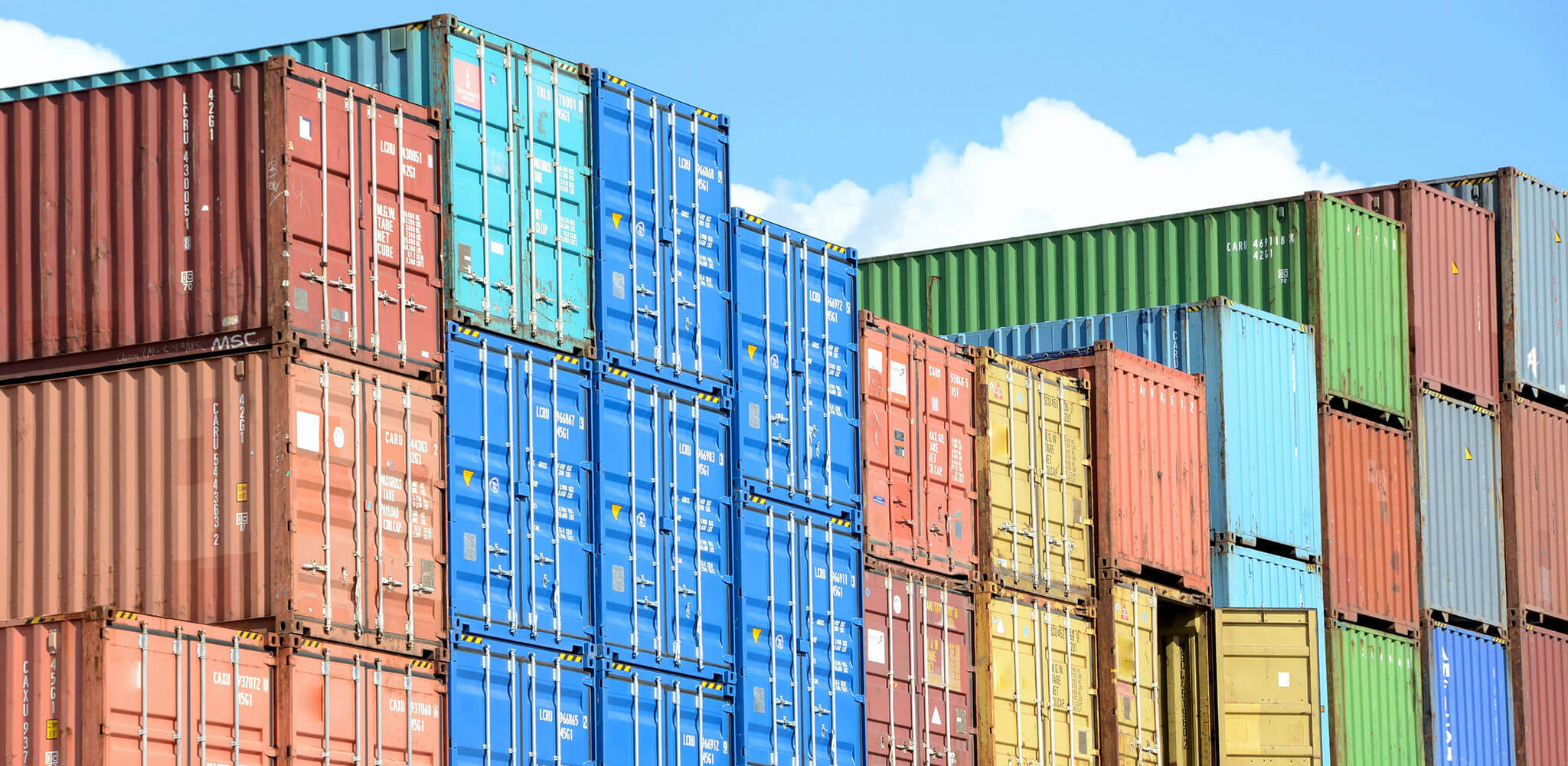Singapore may be a tiny red dot on the world map, but it’s gone from third-world to first-world in just a few decades.
Stunningly, the country now ranks as the second-richest country in the world (after Luxembourg) in terms of GDP output per resident.
What Singapore lacks in size and natural resources it’s made up for with its thriving foreign trade. These imports and exports have become the cornerstone that has sustained the nation’s strong financial position for the past few decades.
Read on to find out just how Singapore did this — and 8 foreign trading facts that may pique your interest.
8 Facts About Singapore Exports and Imports You May Not Know
#1 – Singapore is considered one of the most open economies in the world — and the easiest to do business in
Tax incentives, generous employee training grants, stable government, and an extensive network of free trade agreements make Singapore an appealing place for businesses. About 37,400 international companies have set up shop in Singapore, with 7,000 of these being multinational corporations. Many of these have established regional headquarters in the island-state.
#2 – Singapore has one of the highest trade to GDP ratios in the world
The trade to GDP ratio measures how important foreign trade is to the country’s economy. The higher the number, the more open the country is to international trade.
In 2020, Singapore stood at 320.564% trade to GDP according to the World Bank. Conversely, bigger countries like Japan and the US tend to have low trade to GDP ratios and are less reliant on foreign trade.
#3 – Singapore emphasises education because we want literate workers in the global economy
It’s no secret that Singapore pours a ton of money into education. Government schools are highly subsidised, and even a university education will only run you a little over $8,000 a year if you’re going to NUS or NTU. (Compare this with the UK or US, which will charge its residents over $16,000 or $19,000 respectively.)
That’s because Singapore wants its residents to offer higher-value activities in the global economy. Major sectors such as financial services, telecommunications, and engineering all require a high degree of education. Today, over 97% of Singapore’s population above 15 years of age are literate.
Read also: Which is the Most Intelligent Country in Asia?
#4 – Singapore actively pushes manufacturing as a major sector
Given the island-state’s lack of natural resources and agriculture, Singapore’s founding fathers had to find another way to boost economic growth. They landed on manufacturing as a way to do so.
But they didn’t want an economy dominated by labor-intensive, low-value manufacturing (coughsweatshopscough). Instead, government entities like the Economic Development Board actively guided manufacturers into adopting robots, computer-controlled production, and flexible systems.
This remains true today: Singapore wants local manufacturers to differentiate themselves in the global economy by focusing on advanced manufacturing. Instead of competing based on cost, companies will compete with intellectual property and quality.
#5 – Singapore mostly exports machinery and equipment, petroleum, and chemical products
It’s not surprising that transportation equipment was the largest export — Singapore’s strategic location and tax incentives make it a major transhipment hub for the region.
According to Singapore’s Department of Statistics, machinery and transportation equipment made up a whopping 59.8% of exports in 2020.
#6 – China is Singapore’s biggest trading partner
In 2020, the top 10 countries that Singapore exported to were:
- China (US$51.61 billion)
- Hong Kong (US$46.33 billion)
- United States (US$40.27 billion)
- Malaysia (US$33.40 billion)
- Indonesia (US$21.49 billion)
- Japan (US$17.89 billion)
- South Korea (US$16.80 billion)
- Thailand (US$14.13 billion)
- Vietnam (US$12.48 billion)
- Netherlands (US$10.24 billion)
Singapore exported to China and the US far more goods and services than it imported from them. The opposite is true of its neighbour across the causeway: in 2020, Singapore imported from Malaysia more than it exported.
#7 – Singapore mostly exported things like integrated circuits, industrial-use gold, and ethylene polymers to China
Consistent with its positioning as an advanced manufacturing hub, Singapore mostly exports materials for high-end machinery and equipment to China. The remainder is spread across a long list of products like refined petroleum, industrial products, and office machine parts.
#8 – The top three countries Singapore imports from are China, Malaysia, and the United States
In 2020, the top 10 countries that Singapore imported from were:
- China (US$47.53 billion)
- Malaysia (US$41.87 billion)
- United States (S$35.19 billion)
- Japan (US$18.14 billion)
- South Korea (US$15.60 billion)
- Indonesia (US$13.96 billion)
- France (US$10.27 billion)
- Thailand (US$9.78 billion)
- Germany (US$8.84 billion)
- United Kingdom (US$7.90 billion)
Even though Singapore has slowed down its imports from China since 2018, China remains the top country that we import from. In 2020, China accounted for 16% of total imports while Malaysia and the United States hit 14% and 12% respectively.
